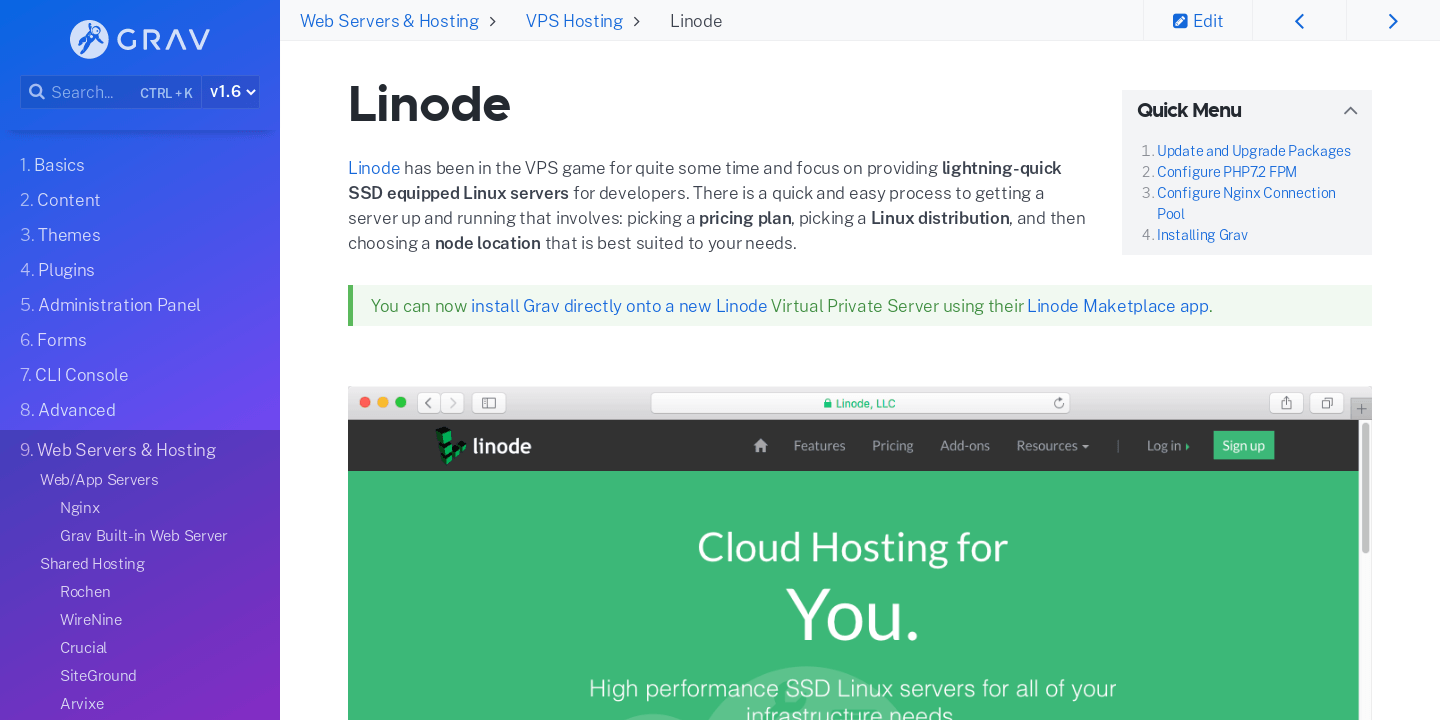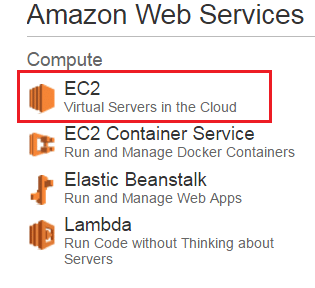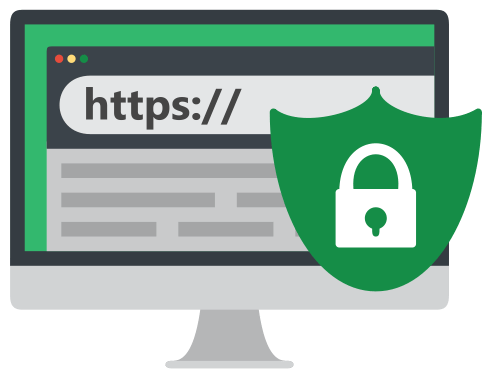
Web hosting control panels allow you to manage your server. A control panel lets you configure your domain and manage files. It allows you to modify, delete, and create accounts. The control panel is usually a web interface that allows you to remotely control your server.
There are many control panels. Some are more focused on specific functions, while others may be more simplistic. Choose the one which best suits your requirements. You can choose from paid or free versions, depending on what you're looking for.
Host control panels with the best features allow you manage multiple servers using one interface. Most have support for common protocols, including POP3, SMTP, IMAP, and PostreSQL. The best control panels also offer advanced features such as IPv6 support and automated billing. You can also manage your website's firewall.
Control Web Panel, also known as CWP, is a free and freely available web hosting control panel. CWP can be written in PHP. All panel code is available under GPL. Other popular open source controls include hPanel and WHMCS.

Plesk, the most popular web host control panel, is it. Plesk is compatible with both Linux and Windows. Plesk supports more than 100 extensions. Plesk is used primarily by digital agencies, IT admins, and infrastructure providers. Plesk is not the only option. Interworx, BlueOnyx, and many others are also available.
Virtualmin is another popular option. Virtualmin is another popular web hosting control system. It is free and open source. It is highly configurable and allows users to run a wide variety of applications. It comes with 2-factor authentication and LDAP authentication.
ISPmanager could be a good option for you if you are looking for a control center to manage your Linux servers. ISPmanager is a Linux based web hosting control panel that is user friendly and offers a variety of useful features. For example, it can manage mail boxes, databases, and web hosting packages. These functions are often a requirement for web hosts. Direct Admin is a graphical, web-based control panel that supports multi-language support.
The best choice when it comes to selecting a web hosting panel is to balance features, price and reliability. You will get the best out of your hosting experience by choosing a control panel with a variety of useful features and that is user-friendly.
Some web hosting control panels require a licensing fee. This can be a small price for the service that it provides. Some may need additional technical knowledge. It doesn't matter which type of control panel is chosen, it's important to check for updates and support before you make any decision.

Sentora or cPanel are also options. Both have similar functionality but cPanel has a more user-friendly interface.
There are many control panels on the market, so it can be confusing choosing one that is right for your needs. You should look at each control panel to find the one that best fits your needs.
FAQ
How do I create a free website?
It depends on what type of website you want to create. Do you want to sell products online? Start a blog? Build a portfolio?
It's possible to make a website that is essential using HTML and CSS. Although HTML and CSS can be used to create simple websites, web developers prefer using a WYSIWYG editor like Dreamweaver or Frontpage.
If you don't have experience designing websites, hiring a freelance developer might be the best option. A freelance developer can create a website tailored to your needs.
A freelance developer may charge you either a flat-fee per project, or an hourly fee. It depends on the amount of work that they do in a given time frame.
For example, some companies charge $50-$100 per hour. For larger projects, you'll typically get a higher rate.
Many freelance websites also list open jobs. You can also search on those websites before you reach out to developers.
How much does it cost to build a website?
The answer depends on what you are trying to achieve with your website. Google Sites may not be required if you simply want to provide information about yourself or your company.
If you want to attract more visitors to your website, however, you will need to pay for something stronger.
The most common solution is to use Content Management Systems (like WordPress). These programs make it easy to create websites without any programming knowledge. This is because the sites are hosted and maintained by third-party companies. You don't have any risk of being hacked.
Another way to build a website is to use a service called Squarespace. They offer a variety of plans ranging from $5 per month to $100 per month, depending on what you want to include on your site.
How to design a website?
Understanding your customers' needs is the first step. What are your customers looking for?
What other problems could they face if they can't find the information they need on your website?
This knowledge will help you to identify the problems and then solve them. Make sure everything looks good on your website. It should be easy-to-use and navigate.
It is important to have a professional-looking website. Make sure that it doesn't take too long to load. If it takes too long, people may not be able to stay as long. They'll leave and go elsewhere.
If you want to create an eCommerce site, think about where all of your products are located. Are they all in one location? Or are they scattered around your site?
It's important to decide if you want to sell just one product or multiple products. Do you prefer to sell one type of product, or several types?
After you've answered these questions, it is possible to start building your website.
Now, it's time to take care of the technical aspects. How will your site work? Will it be fast enough? Can they access it quickly via their computers?
Will people be able to buy something without having to pay extra? Will they have to register with your company before they can buy something?
These are the essential questions you should ask yourself. Once you know the answers to these questions, you'll be ready to move forward.
Statistics
- Did you know videos can boost organic search traffic to your website by 157%? (wix.com)
- It's estimated that in 2022, over 2.14 billion people will purchase goods and services online. (wix.com)
- When choosing your website color scheme, a general rule is to limit yourself to three shades: one primary color (60% of the mix), one secondary color (30%), and one accent color (10%). (wix.com)
- Studies show that 77% of satisfied customers will recommend your business or service to a friend after having a positive experience. (wix.com)
- It enables you to sell your music directly on your website and keep 100% of the profits. (wix.com)
External Links
How To
How can I get started as a UI designer?
Two ways to be a UI designer are available:
-
You can go through school and earn a degree in UI Design.
-
It is possible to start a freelance career.
To go to school, you will need to enroll in college or university for four years. This includes computer science, psychology, business, and art.
You can also enroll in classes at state universities or community colleges. Some schools offer free programs; others charge tuition fees.
After graduating, you'll need to find employment. You must establish a client base if you want to work for yourself. Networking with other professionals is important so that they know you are there.
Also, you can look for internship opportunities at companies that are specialized in developing web apps. Many companies employ interns to gain practical experience before hiring full time employees.
It will be easier to land more jobs once you have a portfolio of your work. Your work samples and details about the projects should be included in your portfolio.
It's a good idea to send your portfolio to potential employers via email.
You will need to market your services as a freelancer. You can post your services on job boards, such as Guru, Indeed, Guru or Upwork.
Freelancers frequently receive assignments from recruiters who post jobs online. These recruiters seek qualified candidates to fill open positions within certain industries.
These recruiters provide candidates with a project description that details the position's requirements.
A freelancer is not required to sign a long-term contract. You should negotiate an upfront payment if your goal is to move forward.
Many designers prefer to work directly with clients rather than through agencies. Although this might seem like a great idea, many people lack the necessary skills.
Agency workers typically have extensive knowledge of the industry they're working in. They can also access specialized training and resources that will allow them to produce top-quality work.
Agency workers often receive higher hourly rates in addition to these benefits.
Working with an agency has the downside of not being able to contact your employer directly.
Being a successful UI designer requires you to be self-motivated, creative.
Additionally, communication skills must be excellent both in written and verbal.
UI designers design websites by designing user interfaces (UI), and visual elements.
They also ensure that the site meets users' needs.
This involves understanding the information users need and how to make your site work.
Wireframes are created by UI designers using a variety of tools. Before beginning to design, they use wireframing.
There are many wireframe templates available online. Anyone can create their own wireframes.
Some designers only focus on UI design. Others combine UI and graphic design.
Photoshop is used to edit images by graphic designers.
Adobe InDesign is then used to layout pages and layouts.
Photographers capture images using digital cameras or DSLRs.
The photos are then uploaded to a photo editing software where text captions, filters and other effects can be added.
Afterward, the photographer saves the image in a file format compatible with the website.
When building a website, it is essential to consider all aspects of the design process.
This includes research planning, wireframing and prototyping, as well as testing, coding, content generation, and publishing.
Research - It is crucial to conduct extensive research before beginning a new venture.
Planning – Once you've done your research, you will want to start developing a plan.
Wireframing - A wireframe is a preliminary sketch of a web page or application.
Prototyping – Prototypes are used to verify that the final product is consistent with the original vision.
Testing - The prototype should undergo multiple rounds of testing to ensure it works properly.
Coding: Coding is the process of writing code for computers.
Content Creation – Content creation includes everything, from the writing of copy to managing social networks accounts.
Publishing involves uploading files on a server to ensure that the site is accessible.
As a freelance UX/UI designer, you will need to learn about different projects.
Some companies require only wire frames, others require complete prototypes.
Depending on which type of project you accept you might be asked to do specific tasks.
One example is that if you are hired as a wireframe designer, you might be required to create many wireframes.
If you're being hired to create a full prototype, you might be asked to create a fully functional site.
Regardless of the type of project, it's important to have strong interpersonal skills.
Referrals are what most clients use to hire freelancers. Therefore, it is important that you establish strong relationships with potential employers.
You must also be able communicate clearly both verbally as well as in writing.
Portfolios are an essential part of any freelancer’s toolbox.
It showcases your work and demonstrates your ability to deliver high-quality results.
This is possible by creating an online portfolio.
The best way to get started is to find websites similar to yours.
Search these websites to view the details of each site.
Once you have determined the best practices for you, you can begin to adopt them.
It's also beneficial to include links within your resume to your portfolio.